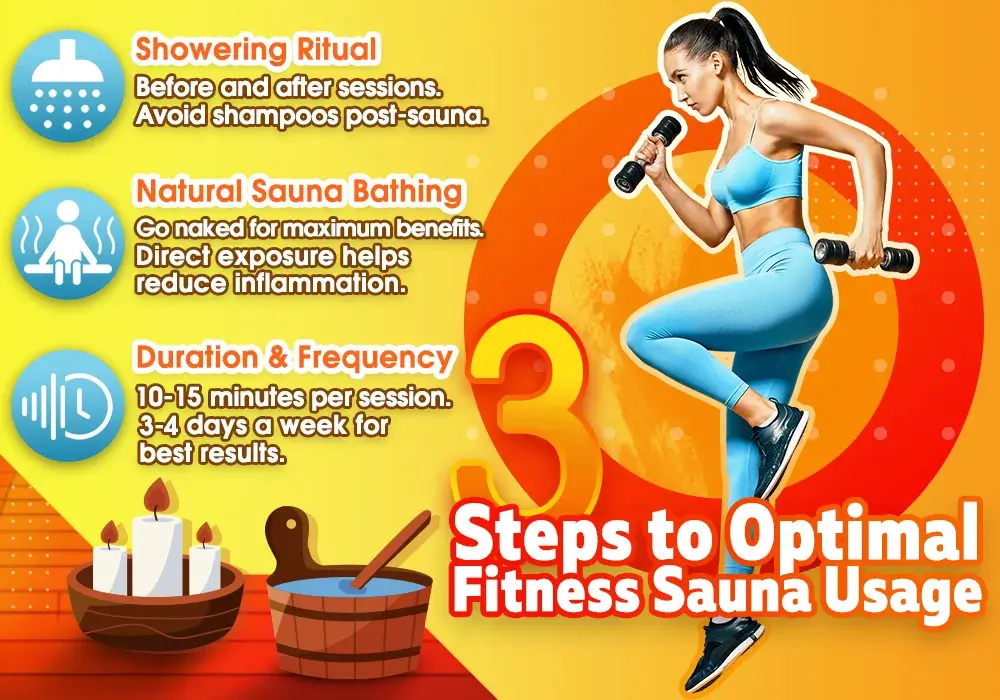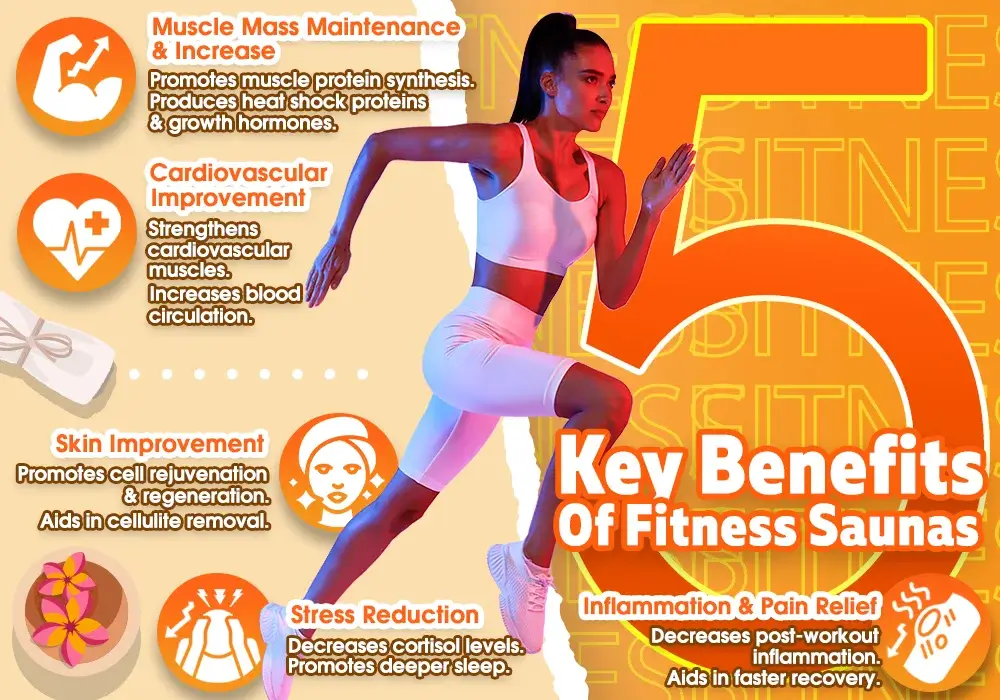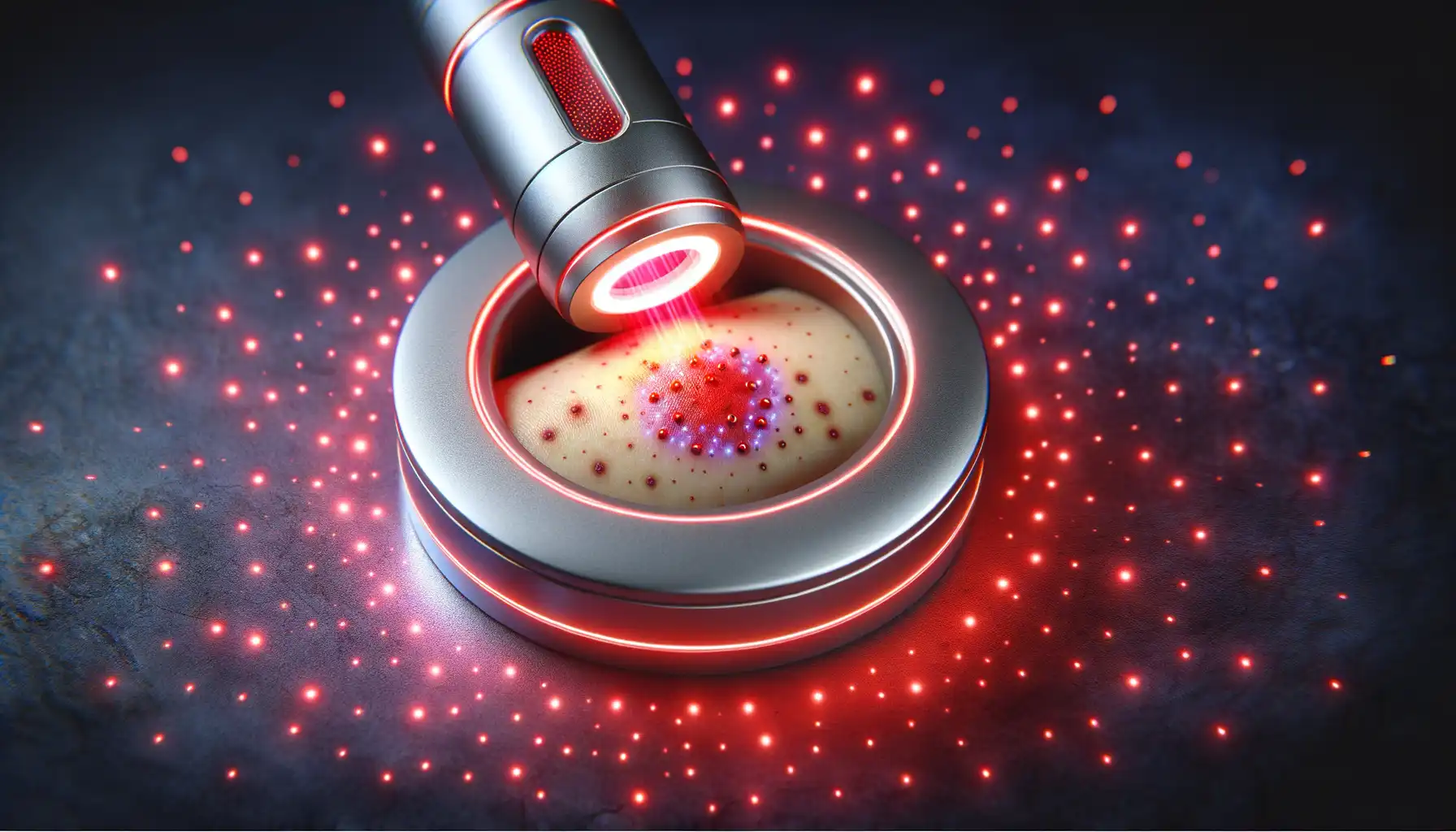But what exactly is happening inside your body when you’re sweating it out? We’re going to explore the real science behind fitness sauna benefits. From boosting your heart health to helping you sleep like a rock, you’ll learn how to safely use heat to unlock new levels of performance and recovery.
First, What Kind of Sauna Are We Talking About?
Not all saunas are created equal. The experience and the way they heat your body can differ quite a bit. Understanding the main types helps you choose the right one for your goals.
Traditional Saunas
This is the classic Finnish experience. A traditional sauna uses a stove (electric or wood-burning) to heat a pile of rocks. You can pour water over these rocks to create steam, which raises the humidity and intensifies the feeling of heat. Temperatures typically range from 150°F to 195°F (65°C to 90°C). They heat the air around you, which in turn heats your body.
Infrared Saunas
infrared saunas are a newer technology. Instead of heating the air, they use infrared lamps to directly warm your body with electromagnetic radiation. This allows them to operate at lower temperatures, usually between 120°F and 140°F (49°C to 60°C), which some people find more comfortable. Because the heat penetrates your body more directly, you can achieve a vigorous sweat at a lower ambient temperature.
Steam Rooms (or Turkish Baths)
Often confused with saunas, steam rooms are a different beast altogether. They operate at lower temperatures—around 110°F to 120°F (43°C to 49°C)—but with nearly 100% humidity. The moist heat provides a very different experience and offers unique benefits, particularly for respiratory health, but for this guide, we'll focus on the dry heat of traditional and infrared saunas.
Evidence-Based Fitness Sauna Benefits
Let's move past the hype and look at what the research says. Regular sauna use is linked to some seriously impressive health and performance perks.
Enhanced Cardiovascular Health
Regular sauna sessions can mimic the effects of moderate exercise on your heart. When you sit in a hot sauna, your heart rate increases to pump more blood to the skin to help you cool down. Over time, this can help improve cardiovascular function. A long-term study published in JAMA Internal Medicine found that men who used a sauna 2-3 times per week had a 27% lower risk of dying from cardiovascular disease than those who only used it once a week.
Better Endurance and Heat Acclimation
For athletes, this is a game-changer. Exposing your body to heat stress helps it adapt to performing in hotter conditions. This process, known as heat acclimation, leads to:
Increased plasma volume and blood flow to the heart.
A lower core body temperature during exercise.
Increased sweat rate and sweat sensitivity, making cooling more efficient.
The result? You can perform longer and harder before fatigue sets in, especially in warm climates.
Faster Muscle Recovery and Improved Mobility
Sore muscles are a badge of honor, but they can also sideline you. Heat from a sauna increases blood flow to your muscles, delivering more oxygen and nutrients to help repair the micro-tears caused by exercise. This can help reduce delayed onset muscle soreness (DOMS) and get you back to training sooner. Heat also helps relax muscles and improve the flexibility of connective tissues, which can increase your range of motion over time.
Stress Reduction and Better Sleep
The mental benefits are just as potent as the physical ones. A quiet, warm sauna provides a peaceful escape from daily stressors. The heat promotes relaxation by helping to lower cortisol levels (the body's primary stress hormone). Furthermore, the pronounced drop in body temperature after you leave the sauna can trigger the release of melatonin, signaling to your body that it's time for sleep. Many users report deeper, more restful sleep after an evening sauna session.
The Weight Loss Myth: What's Really Happening?
You’ll definitely weigh less after a sauna session, but it’s not because you’ve magically burned fat. The weight you lose is almost entirely water weight from sweating. You'll gain it right back as soon as you rehydrate—which is something you absolutely must do.
That said, sauna use can indirectly support fat loss goals. By helping you recover faster, you can train more consistently. By reducing stress and improving sleep, it helps regulate hormones like cortisol and ghrelin that influence appetite and fat storage. So, while it's not a weight loss tool on its own, it’s a powerful ally in a healthy lifestyle.
Timing is Everything: When to Use the Sauna
To maximize fitness sauna benefits, use it after your workout, not before. A pre-workout sauna can dehydrate you and elevate your core temperature, increasing the risk of heat-related illness and hindering your performance.
Post-workout is the sweet spot. Your muscles are warm and ready to relax, and your body is primed for recovery. A sauna session at this time enhances the repair processes you’ve already kickstarted.
How Hot and How Long? A Starter's Protocol
There's no single perfect temperature or duration; it depends on your tolerance and experience.
Temperature: Aim for 150-175°F (65-80°C) in a traditional sauna or 120-140°F (49-60°C) in an infrared one.
Duration: Start with just 5-10 minutes to see how your body responds. Gradually work your way up to sessions of 15-20 minutes. Most research points to benefits plateauing around the 20-minute mark per session.

A Step-by-Step Starter Protocol
Beginner (First few sessions): Stay in for 5-10 minutes at a moderate temperature. Focus on how you feel. Get out if you feel lightheaded or uncomfortable.
Intermediate (After 1-2 weeks): Try extending your time to 15 minutes. You can also experiment with multiple short rounds, such as 10 minutes in, 5 minutes out (cooling off at room temperature), and another 10 minutes in.
Safety First: Who Should Avoid Saunas?
Saunas are safe for most people, but they are not for everyone. The Harvard Medical School points out that the stress on the cardiovascular system can be risky for some. You should consult a doctor and avoid saunas if you have:
Unstable angina, recent heart attack, or severe aortic stenosis.
Low blood pressure (hypotension).
An illness like the flu or a fever.
Open wounds or certain skin conditions.
Pregnancy.
Crucially, never drink alcohol before or during a sauna session. Alcohol impairs judgment, promotes dehydration, and increases the risk of hypotension, arrhythmia, and sudden death.
Hydration: The Golden Rule of Sauna Use
Your number one priority is hydration. You can lose up to a pint of fluid in a single 20-minute session.
Before: Drink 16-20 ounces of water in the hour leading up to your sauna.
During: If you're doing multiple rounds, sip water during your cool-down periods.
After: Rehydrate with at least 20-24 ounces of water. Listen to your body and drink until your thirst is quenched.
Sweating also depletes electrolytes like sodium, potassium, and magnesium. If you are a heavy sweater or an endurance athlete, consider adding an electrolyte tablet to your water or having a mineral-rich snack like a banana afterward. The CDC provides detailed information on heat stress and the importance of replacing fluids and electrolytes.
Pro-Tip: Combine with Cold for Contrast Therapy
Ready to level up? Try contrast therapy by alternating between the hot sauna and a cold shower or plunge. This hot-cold cycle causes your blood vessels to rapidly constrict and dilate, creating a "pump" effect that may further reduce inflammation and accelerate recovery.
How to do it:
Spend 10-15 minutes in the sauna.
Immediately follow with a 1-3 minute cold shower or plunge.
Rest for a few minutes.
Repeat the cycle 2-3 times.
A word of caution: The shock of the cold can be intense. Start with cool water before graduating to a full-on cold plunge, and always listen to your body. This is an advanced technique and may not be suitable for everyone, especially those with cardiovascular conditions.
Sauna Hygiene and Etiquette
A sauna is a shared space, so good etiquette is key.
Always shower before entering.
Sit on a towel. This is both for your hygiene and to protect the wooden benches from sweat.
Respect the quiet. Most people use the sauna for relaxation.
If you're using a public sauna, ask others before pouring water on the rocks.
Your Fitness Journey, Amplified
Integrating sauna sessions into your fitness routine is a simple yet profoundly effective way to enhance your results. It’s not a magic bullet, but a powerful tool that supports your body’s natural ability to recover, adapt, and grow stronger.
By starting slow, listening to your body, and prioritizing hydration, you can safely tap into the incredible fitness sauna benefits that have been trusted for centuries. It’s more than just a way to warm up—it’s a way to sharpen your edge, calm your mind, and take your well-being to the next level.



